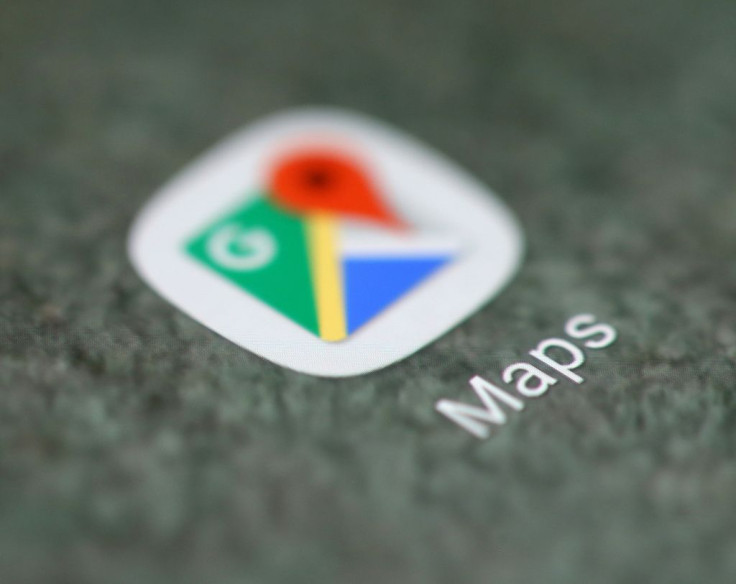Google Maps Directs You Away from COVID-19 Hotspots

When you’re in a rush, Google Maps can be a wonderful tool to avoid a sticky bit of traffic, or roads closed for construction. Now, Google Maps can also protect your health by showing COVID-19 case density by location.
As the Google Maps help page explains, “ If your area is affected by COVID-19, you can use Google Maps to obtain relevant information on impacted places.” The new data appear on the map as a layer that can be turned on or off. Color coding shows users if they are traveling to a high COVID-19 area with lots of new cases.
Why is Google adding this tool? In an update posted to the web, Sujoy Banerjee, a product manager with Google Maps, called this is “a tool that shows critical information about COVID-19 cases in an area so you can make more informed decisions about where to go and what to do.”
Here is how to use the new maps on your phone or mobile device:
- Open the app
- Click on “layers” on the upper right side (it looks like three pieces of paper stacked on top of each other)
- In “layers” selected “COVID-19 info”
“The COVID-19 layer displays the 7-day average for the number of new cases per 100,000 people. It also indicates whether cases are increasing or decreasing,” the website explains.
The color code is:
- Grey: Less than 1 case
- Yellow: 1-10 cases
- Orange: 10-20 cases
- Dark orange: 20-30 cases
- Red: 30-40 cases
- Dark red: 40+ cases
According to Mr. Banerjee, “ [T]rending case data is visible at the country level for all 220 countries and territories that Google Maps supports, along with state or province, county, and city-level data where available.”
How accurate is this information? Google Maps is sourcing Wikipedia, The New York Times, John Hopkin’s COVID-19 dashboard and the Brihanmumbai Municipal Corporation. Google regularly uses data from these sources for some of its other COVID-19 analytics.
This new map layer adds to Google Maps’ other COVID-19 features, like alerts for closed business, transit delays, updates on delivery and takeout, and, in some countries, information on testing locations.
According to an article from TechCrunch, an online publication following technology, there are no plans to extend the app to desktop Google maps.
Sabrina Emms is a science journalist. She got her start as an intern at a health and science podcast out of Philadelphia public radio. Before that she worked as a researcher, looking at the way bones are formed. When out of the lab and away from her computer, she's moonlighted as a pig vet's assistant and a bagel baker.
Published by Medicaldaily.com



























